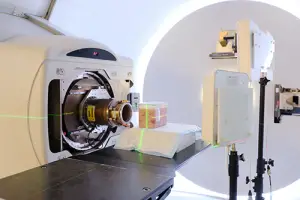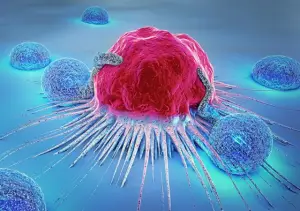Scientists have developed a wireless GPS system that can locate implantable implants and track tumors in the body. Medical procedures, such as images, often require someone to open or swallow large pipes with a camera. But what if we can get the same results in a cheaper and more intrusive way and consume a lot of time?
In tests on animals, the team showed that a system called Remix could follow the exact transplant process. Similar grafts can be used to distribute medications in specific parts of the body. The Remix test, the Massachusetts Institute of Technology (MIT) and the researchers at the Massachusetts General Hospital (Mjiac) placed a small mark in the first animal tissue.

To track their movements, the researchers used wireless devices to reflect radio signals outside the patient’s body. This is based on wireless technology previously demonstrated by researchers to detect heart rate, breathing, and exercise. A special algorithm uses this signal to determine the exact location of the marker.
It is interesting that the signs inside the body do not need to send any wireless signal. It simply reflects the signal sent by the wireless device outside the body. Therefore, it does not require a battery or any other external power source.

It is interesting that the signs inside the body do not need to send any radio signals. It simply reflects the signal sent by an outside body without the need for a battery or other external power source.
The main challenge in using wireless signals is the many competing reflections that jump from the human body. In fact, the marks that reflect a person’s skin are 100 million times stronger than the metal brand marks themselves.
A potential application of ReMix is proton therapy, a cancer treatment that involves the bombardment of tumors with a proton-controlled magnetic beam. This method allows the doctor to prescribe a higher dose of radiation but requires a high degree of accuracy, which means that they are usually limited to certain types of cancer.
Your success depends on what you don’t really trust: the tumor remains in place during the radiation process. If the tumor moves, the healthy area may be exposed to radiation. But with small markers like ReMix, doctors can better locate the tumor in real time and stop the treatment or point the package to the right position to handle the movement.
There are still many challenges to improving ReMix. The team then wanted to integrate wireless data with medical data such as magnetic resonance imaging to improve system accuracy. In addition, the team will continue to re-evaluate the algorithms and explain the various compensation required for the complexity of the various institutions.
Researchers say these systems help extend the use of proton therapy centers. Today, there are only about 100 centers in the world. “The reason that proton treatment is very costly because of the cost of installing the equipment,” Vasichet said. “If these systems are able to encourage more technological applications, there will be more demand, which means more treatment centers and lower patient prices.”
















